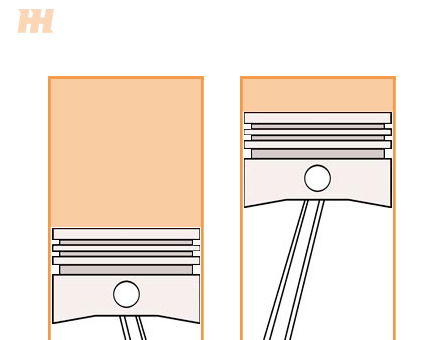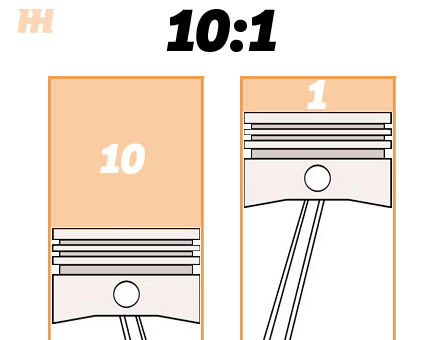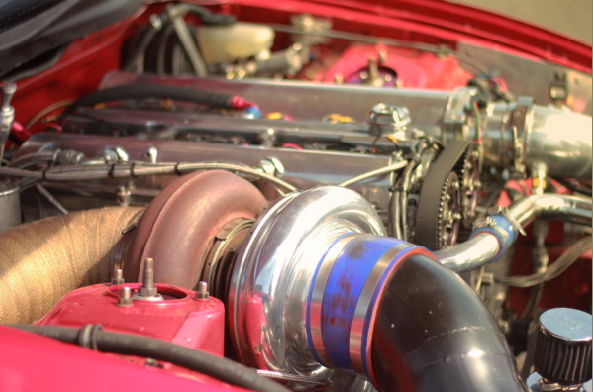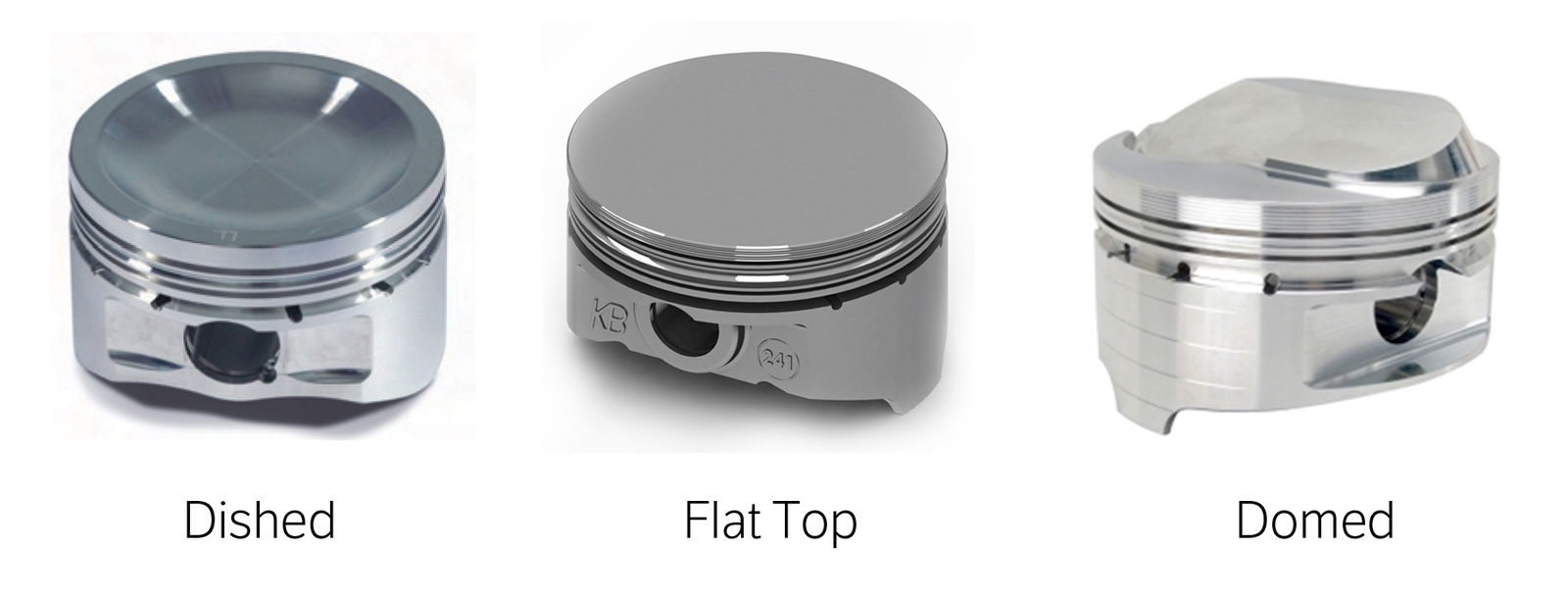#TechTip: Compression Ratios
“Compression ratio” is a term thrown around a lot when you’re talking about engine specs, but what does it really mean?
“Compression ratio” is a term thrown around a lot when you’re talking about engine specs, but what does it really mean?
For the most part, when people are talking about an engine’s compression ratio, they’re talking about what’s called the static compression ratio, which is much simpler to calculate than the dynamic compression ratio.
To put it simply, the static compression ratio (usually just referred to as the compression ratio) is the ratio of the maximum volume to the minimum volume in a cylinder as the piston moves (the volume when the piston is all the way down compared to when it’s all the way up).

What does a compression ratio mean?
CRs are basically telling you how much the air/fuel mixture in the cylinder are being compressed before the spark plug ignites it. So if you have 10 units of volume when the cylinder is at the bottom of its stroke, and 1 unit when the cylinder is at the top of its stroke, the compression would be referred to as being 10:1. For naturally aspirated motors, higher compression ratios tend to mean higher power figures.

What are the consequences of higher compression ratios?
The higher the compression ratio, the more likely you are to experience pre-detonation (also known as pinging). Pre-detonation occurs when an air fuel mixture ignites due to excessive pressure (rather than because of the spark). This makes sense, as more compression = more pressure = more likelihood of an explosion. To combat pinging, higher octane fuels are often used. The higher the octane fuel, the more resistant to pre-detonation it is.
It is also important to note that heat plays a role in pinging. The hotter the temperature, the more likely a detonation is to occur. Because aluminium is better at dissipating heat than cast iron, engines with aluminium heads can often run higher compression ratios than their cast iron counterparts without experiencing pinging.
Why would you want a lower compression ratio?
Lower compression ratios come in handy for engines which use forced induction or engines that want to take advantage of a lower octane fuel . For example, you may find that very high horsepower builds that use turbochargers or superchargers actually have a very low static compression ratio. Lower compression was largely used in 70s and 80s American cars as a result of emission reduction attempts.

How to change compression ratios:
Compression ratios can be changed by changing engine components such as pistons and heads. When pistons have more relief (or dish), they result in lower compression ratios than pistons which are flat or domed, which usually feature increased compression ratios.
Heads are another popular option for changing compression ratios. Heads that feature smaller combustion chambers will increase compression ratios, while heads with larger chambers result in lower compression.

Comments
Nice post :)
Head gasket thickness is your #1 go-to solution
Don’t forget Hemi :)
hmm thats why diesel cars have more compression ratio than petrol.
Many thanks! I had lots of doubts about this, now Its all clear!
You can have high compression turbo engines but then you need E85 and methanol injection or straight race gas
Thanks for the explanation!
These compression ratios have gotten out-of-hand #producerjokes #relevant?
An old air cooled turbo Porsche was as low as 6.0:1 and some diesels are as much as 20.0:1, pretty crazy.
I still don’t understand why an engine with forced induction benefits from a lower compression ratio…can someone explain that to me? Great post anyway, thank you sir!
Pagination